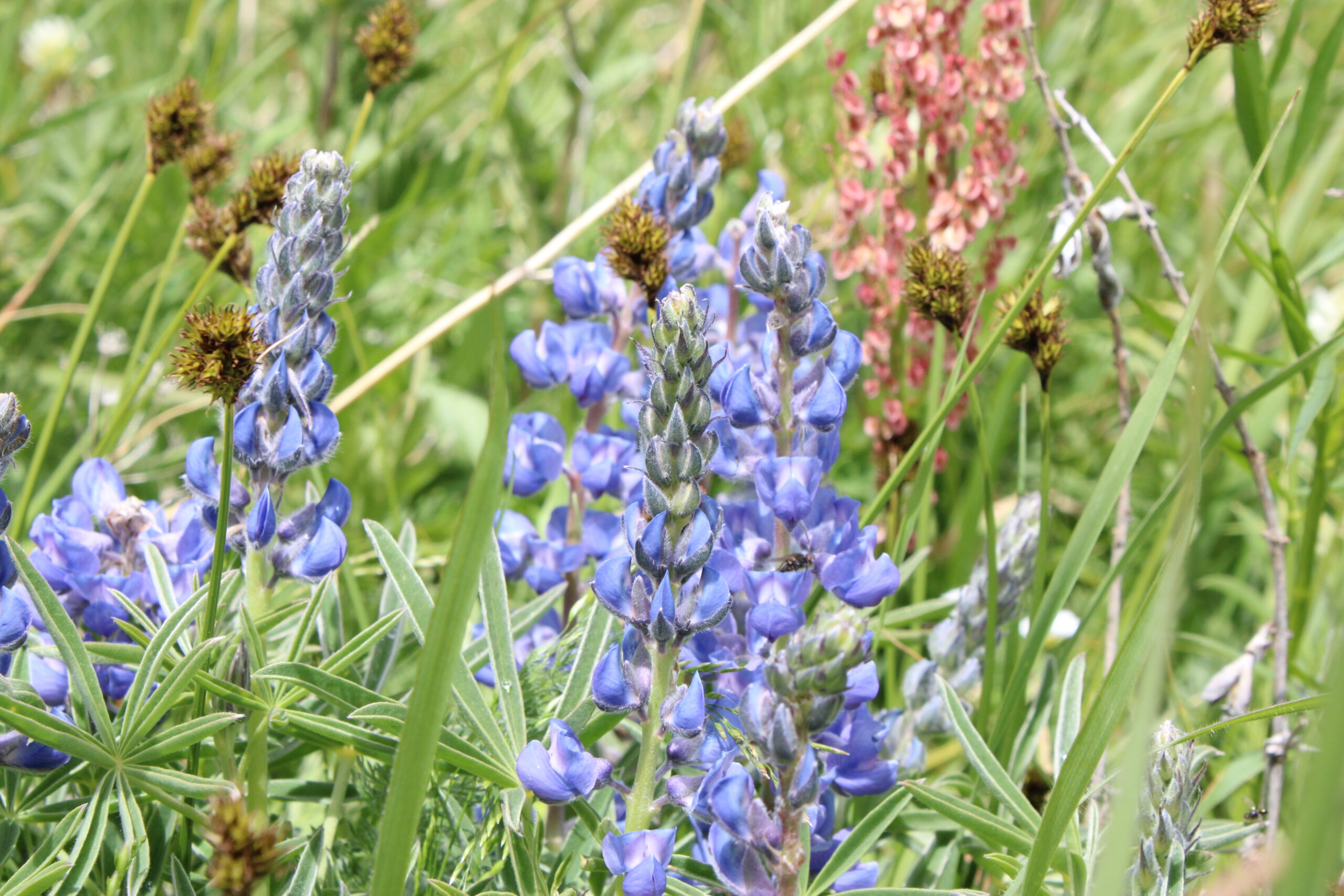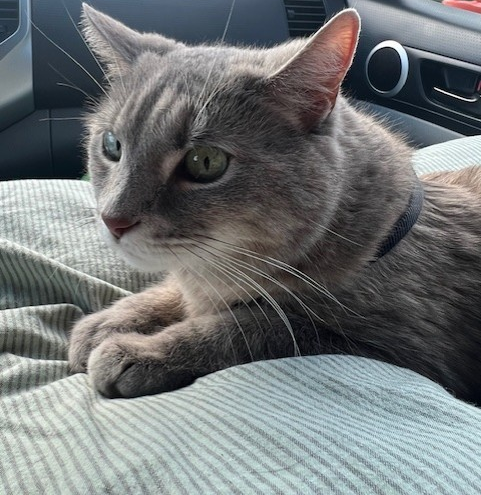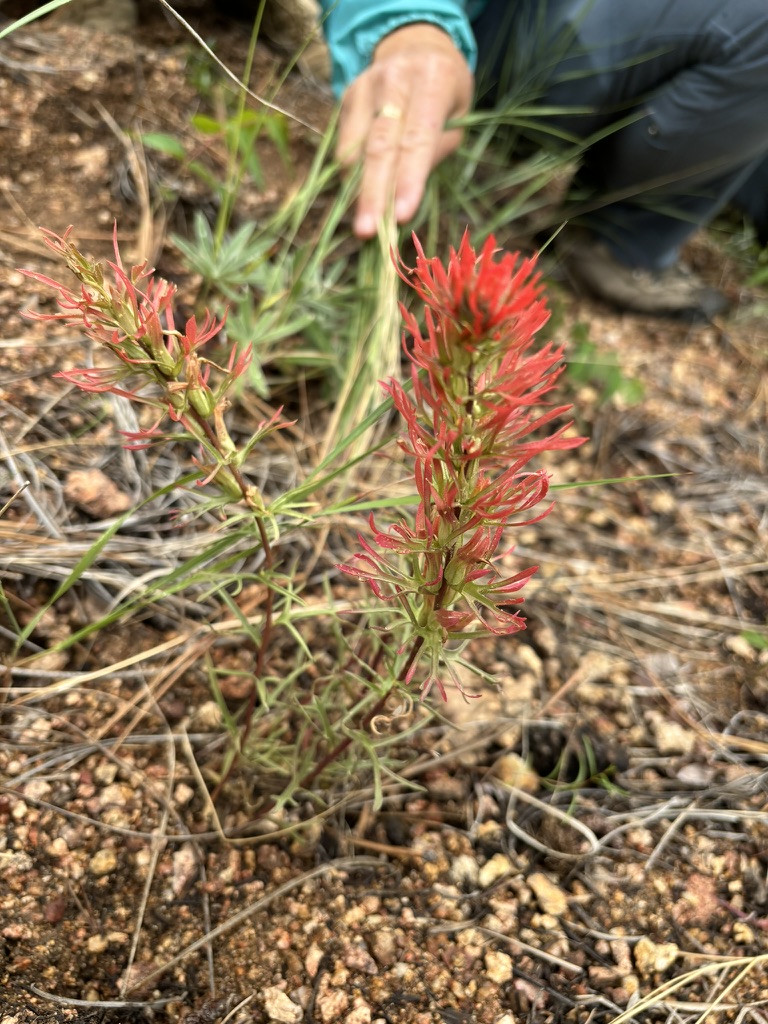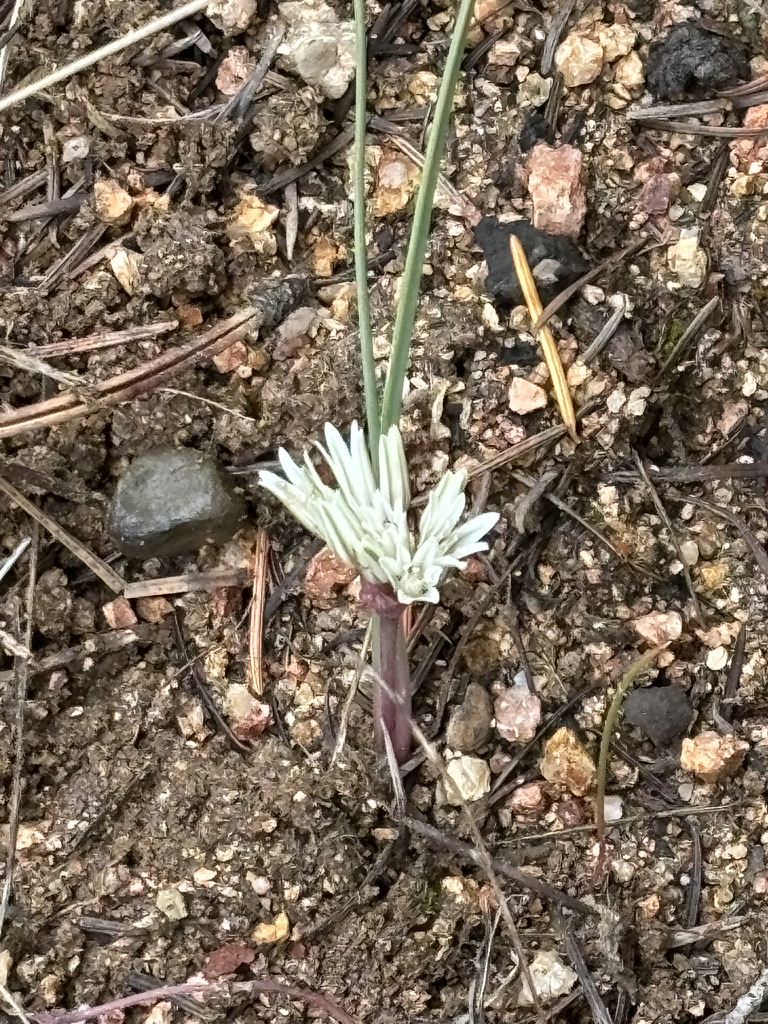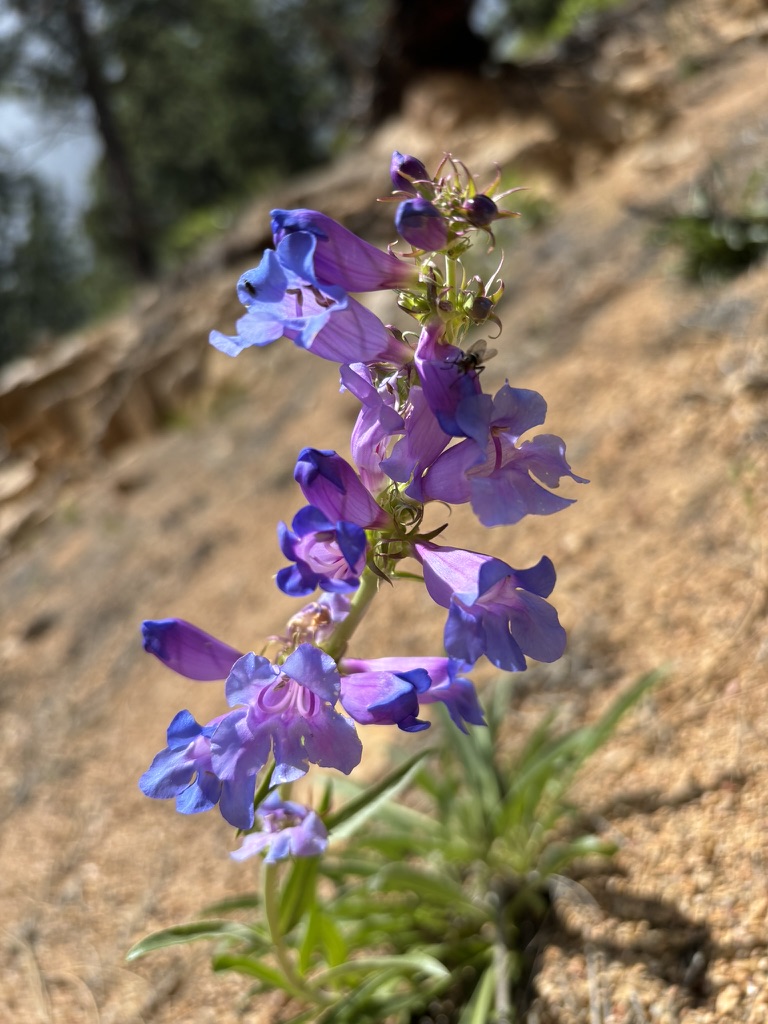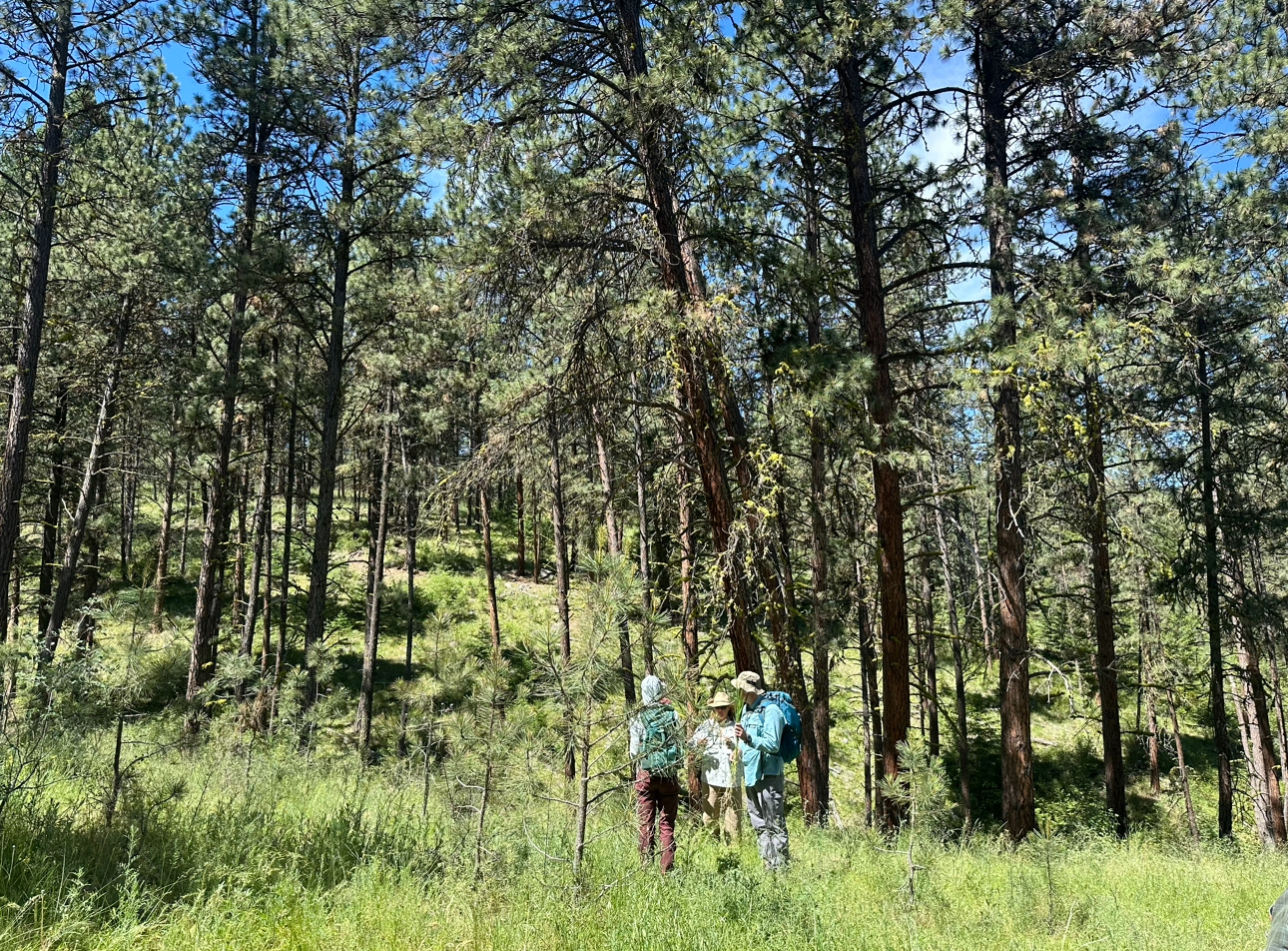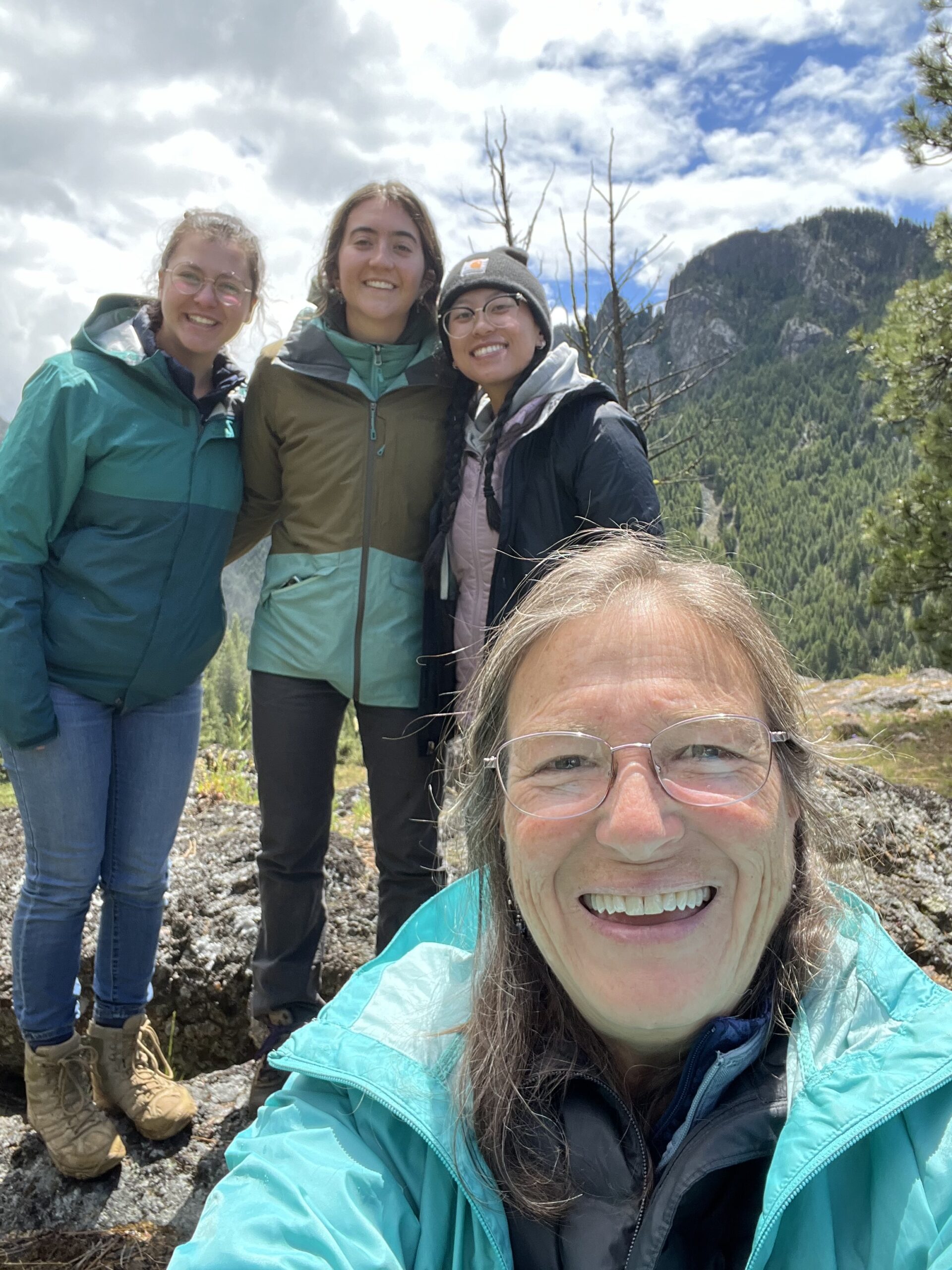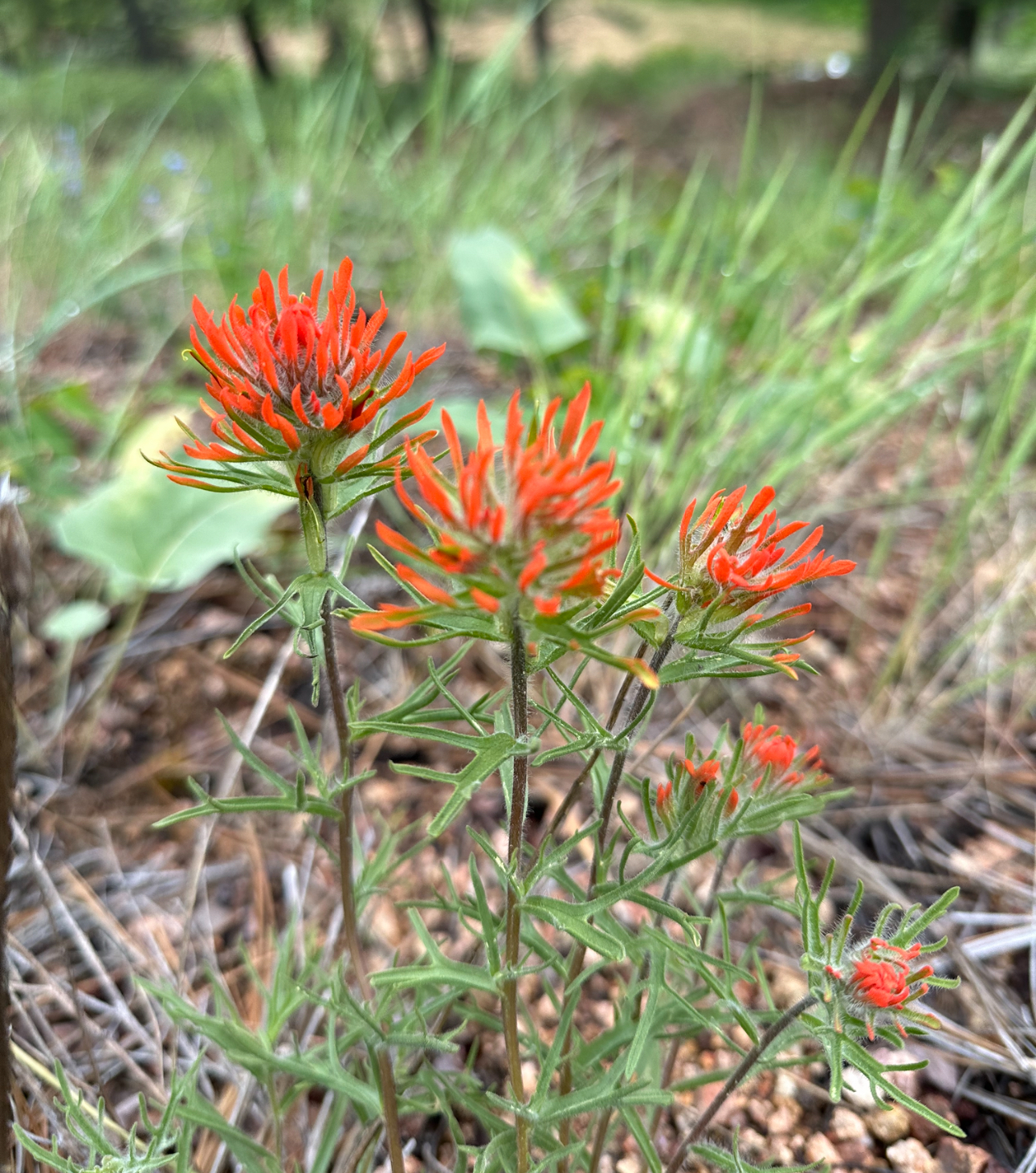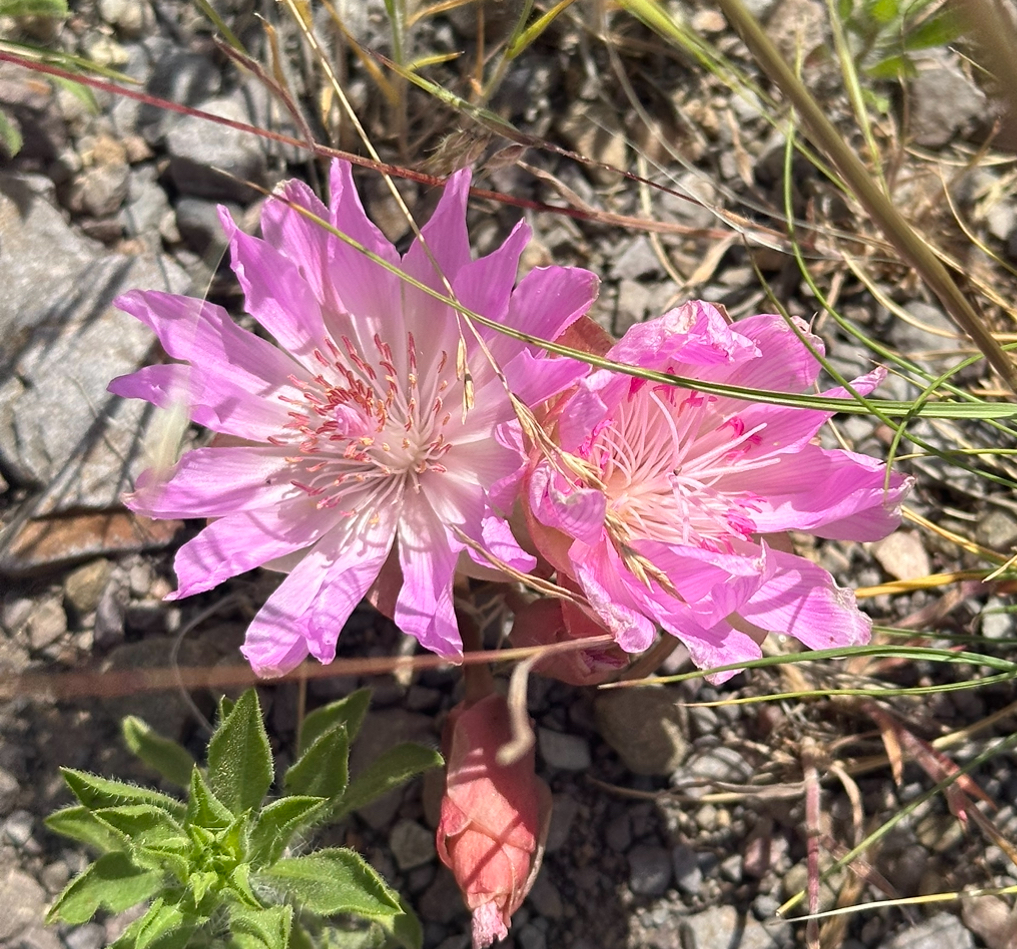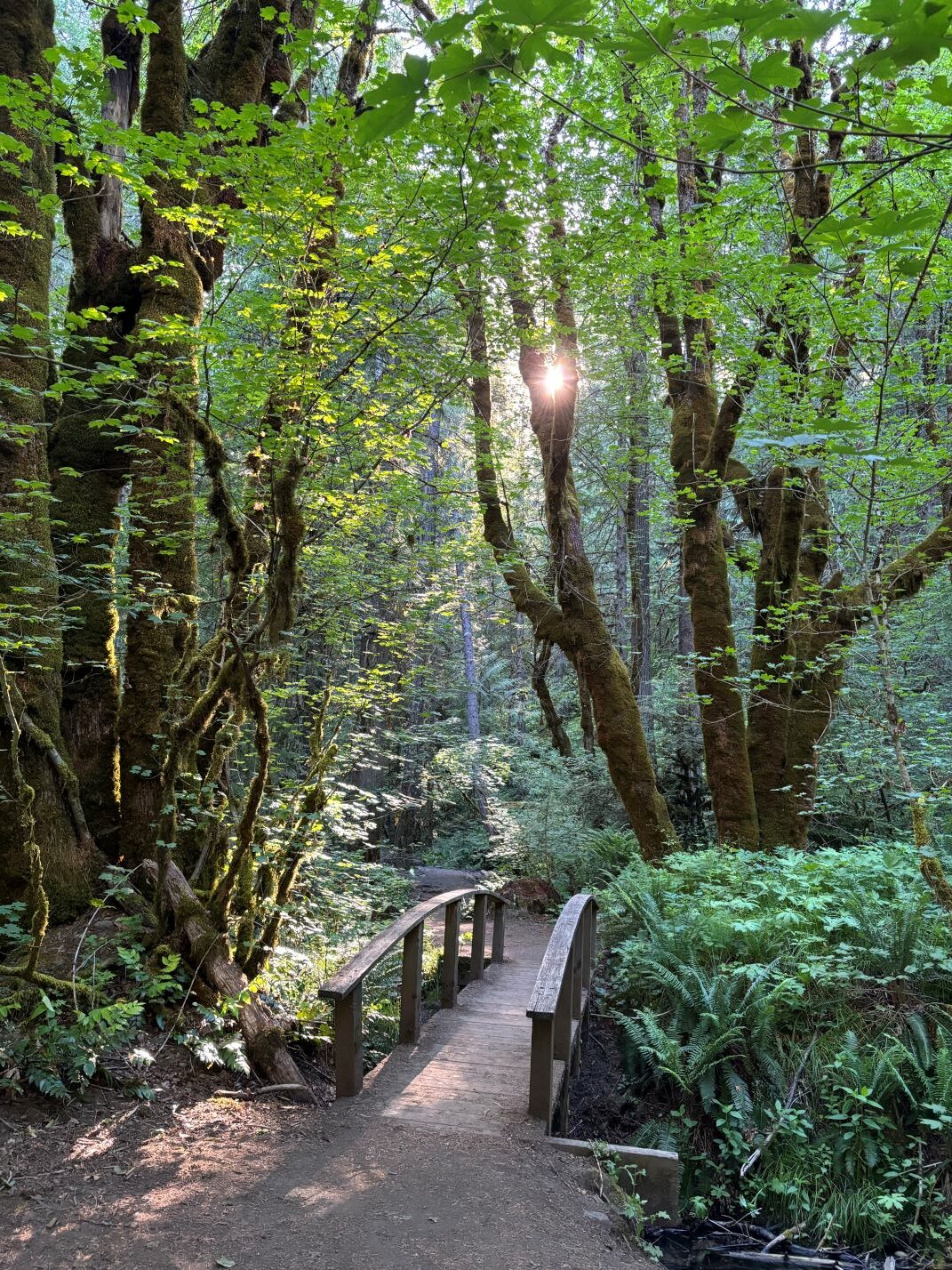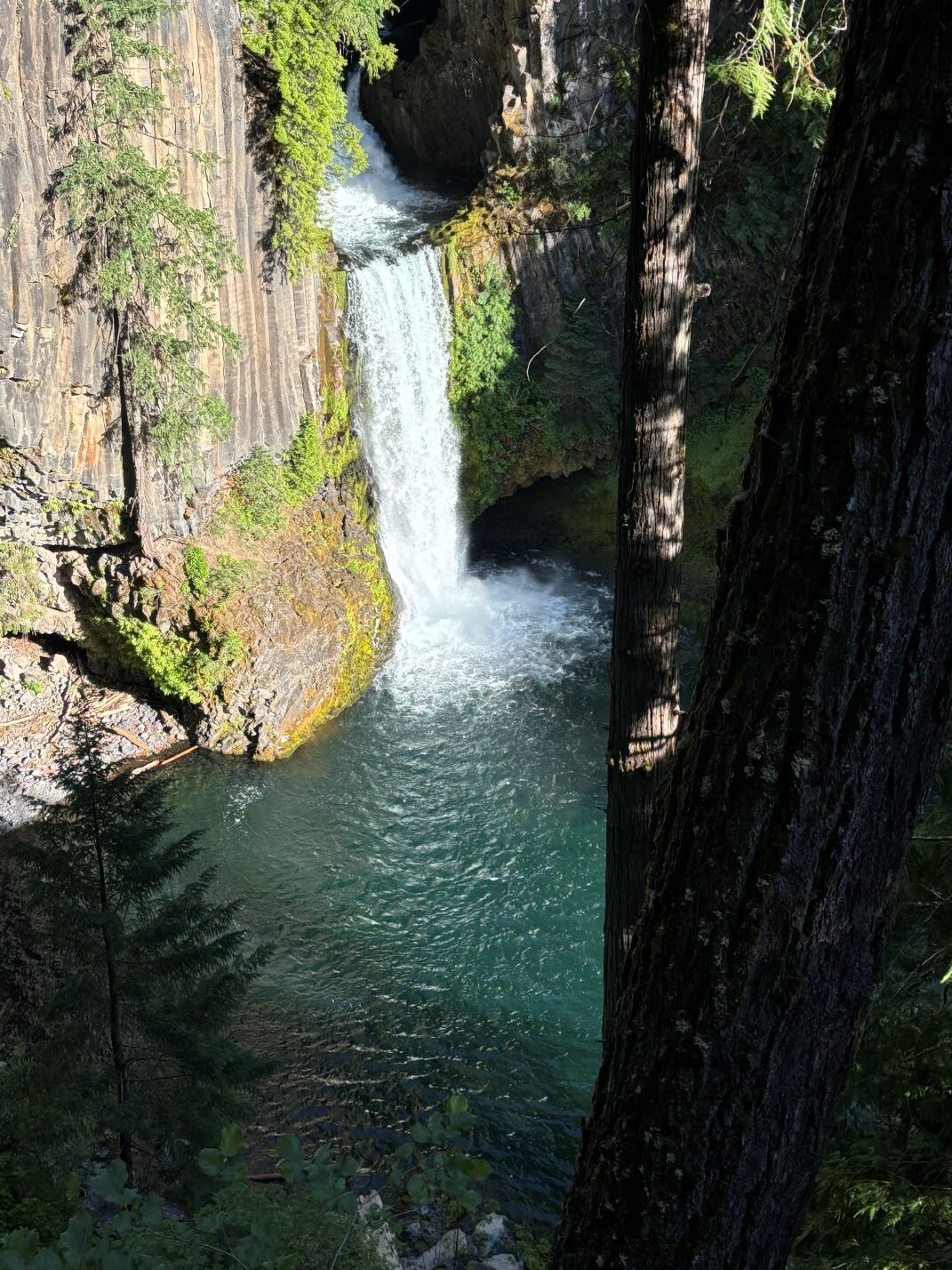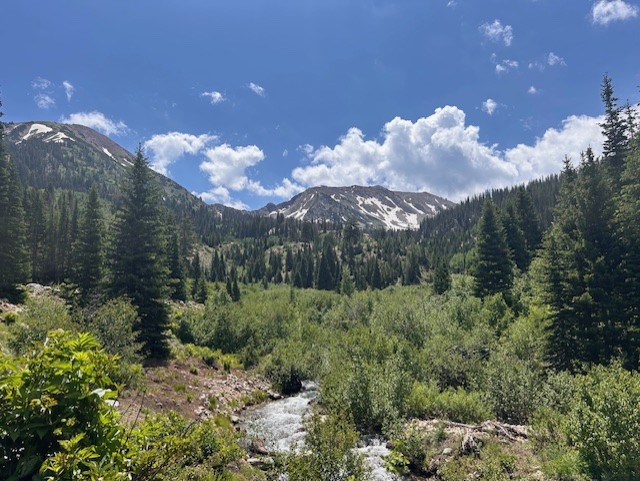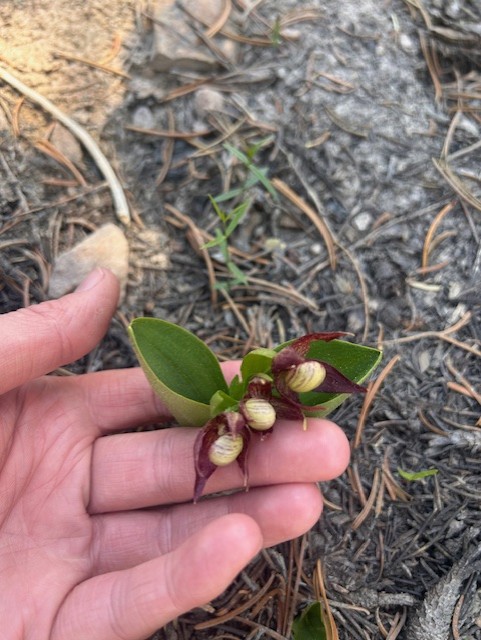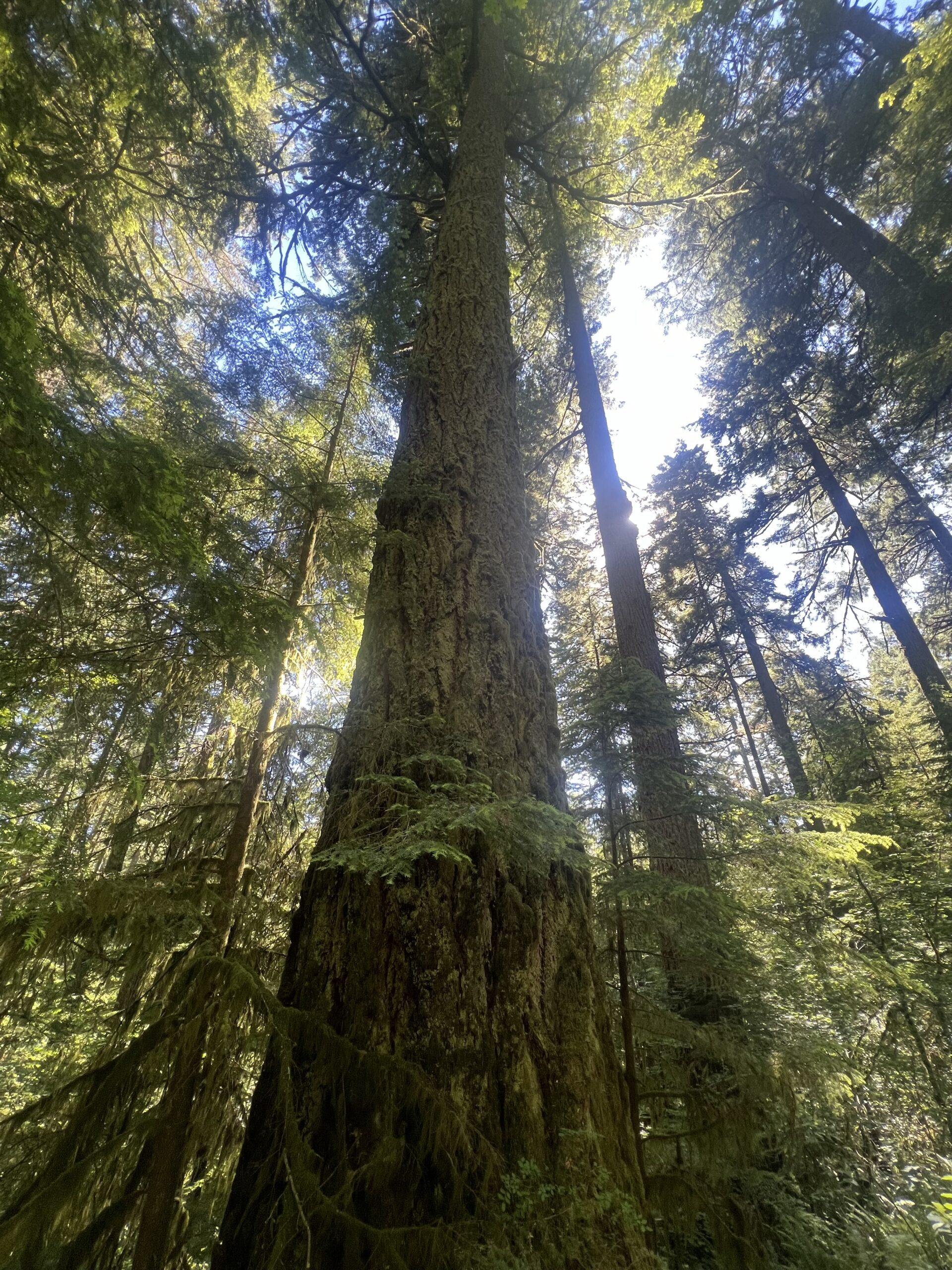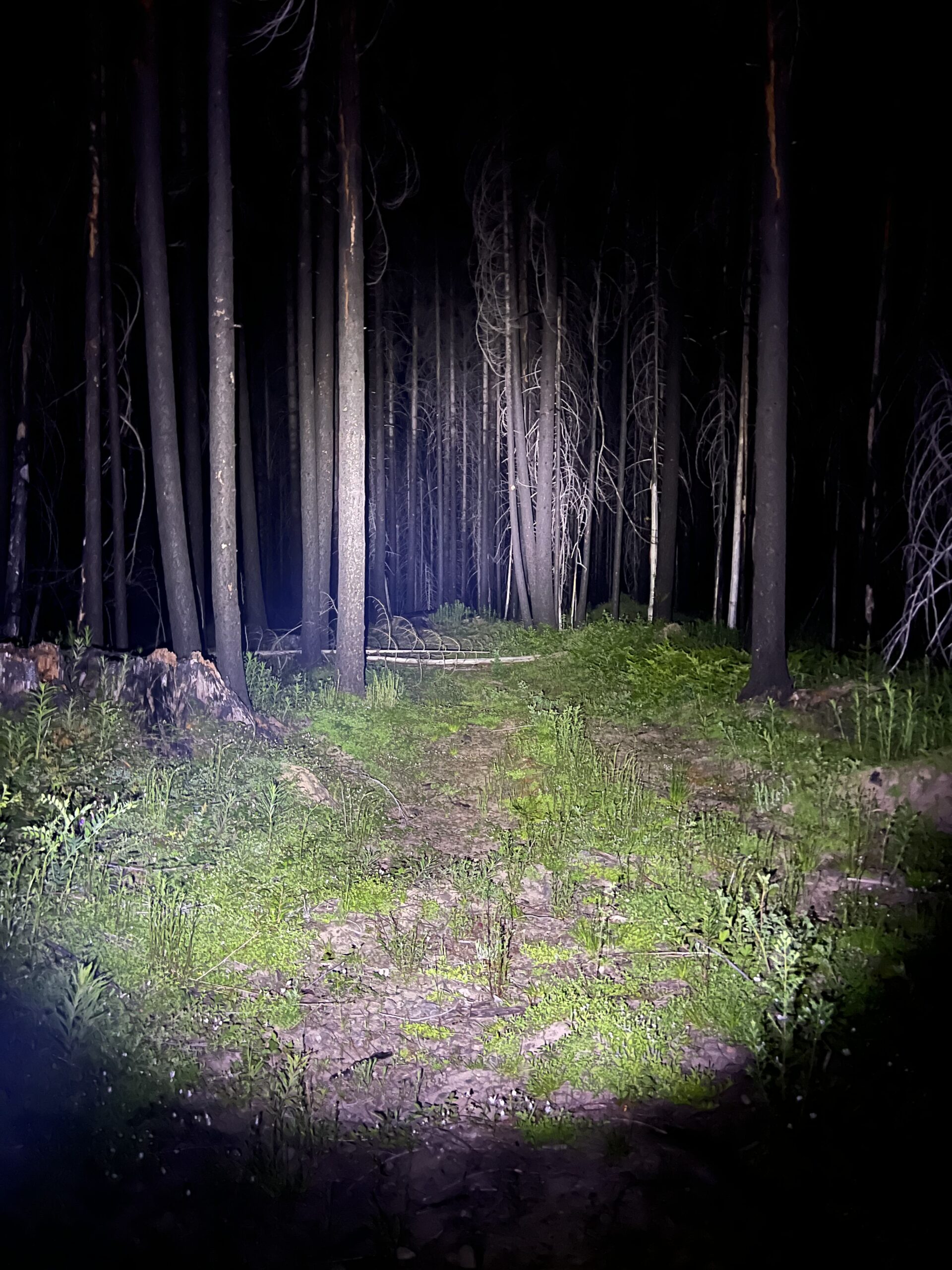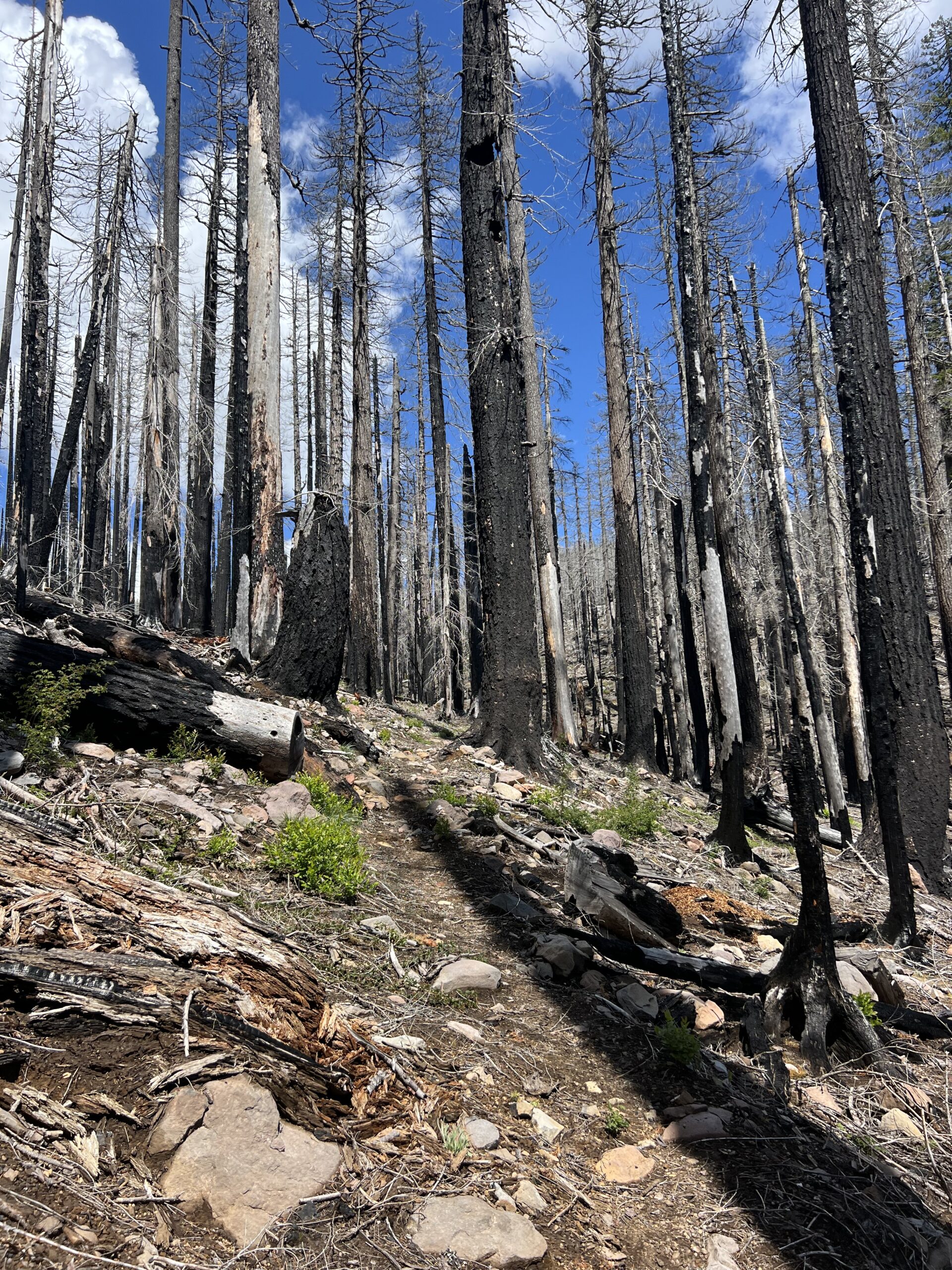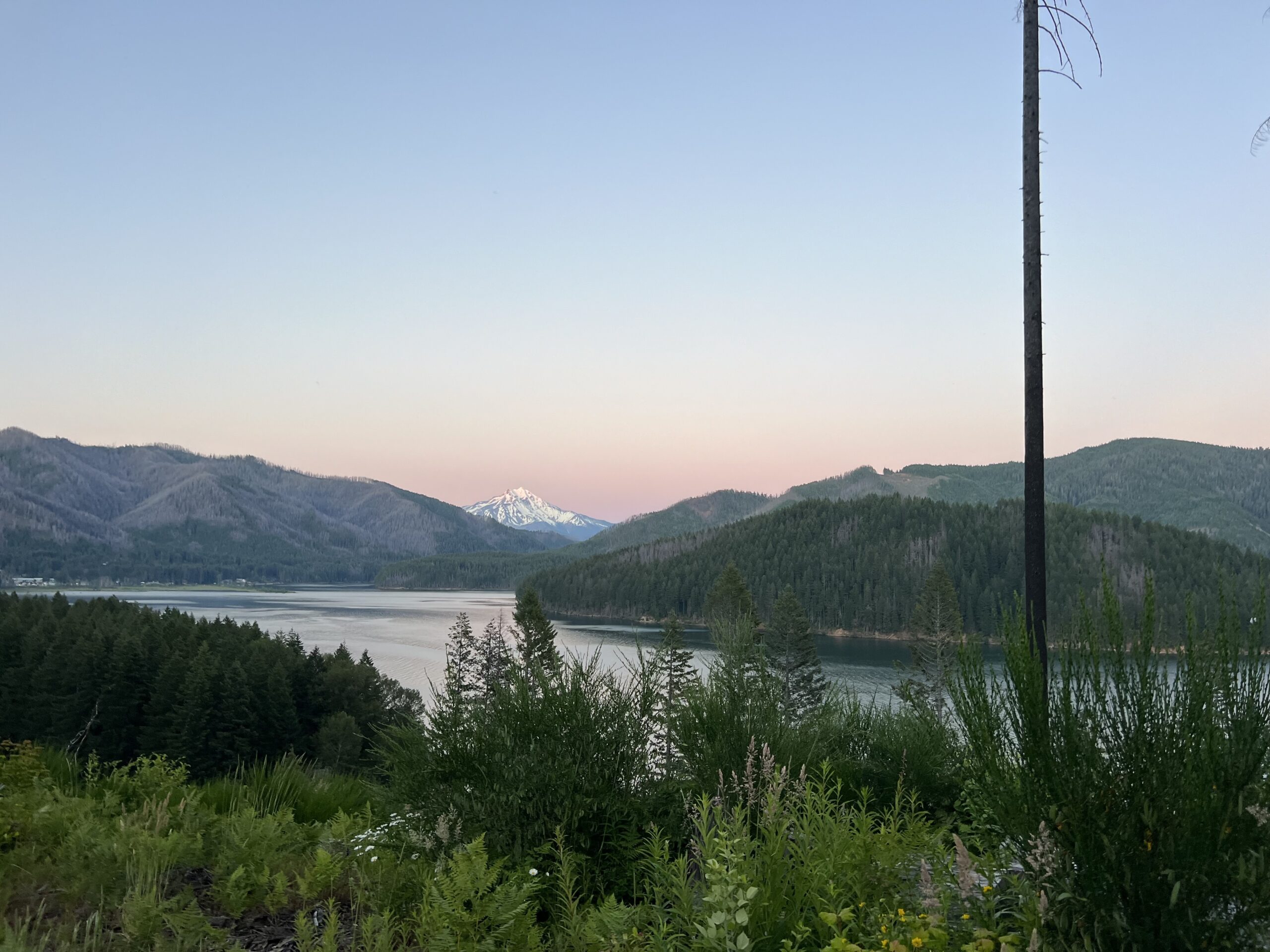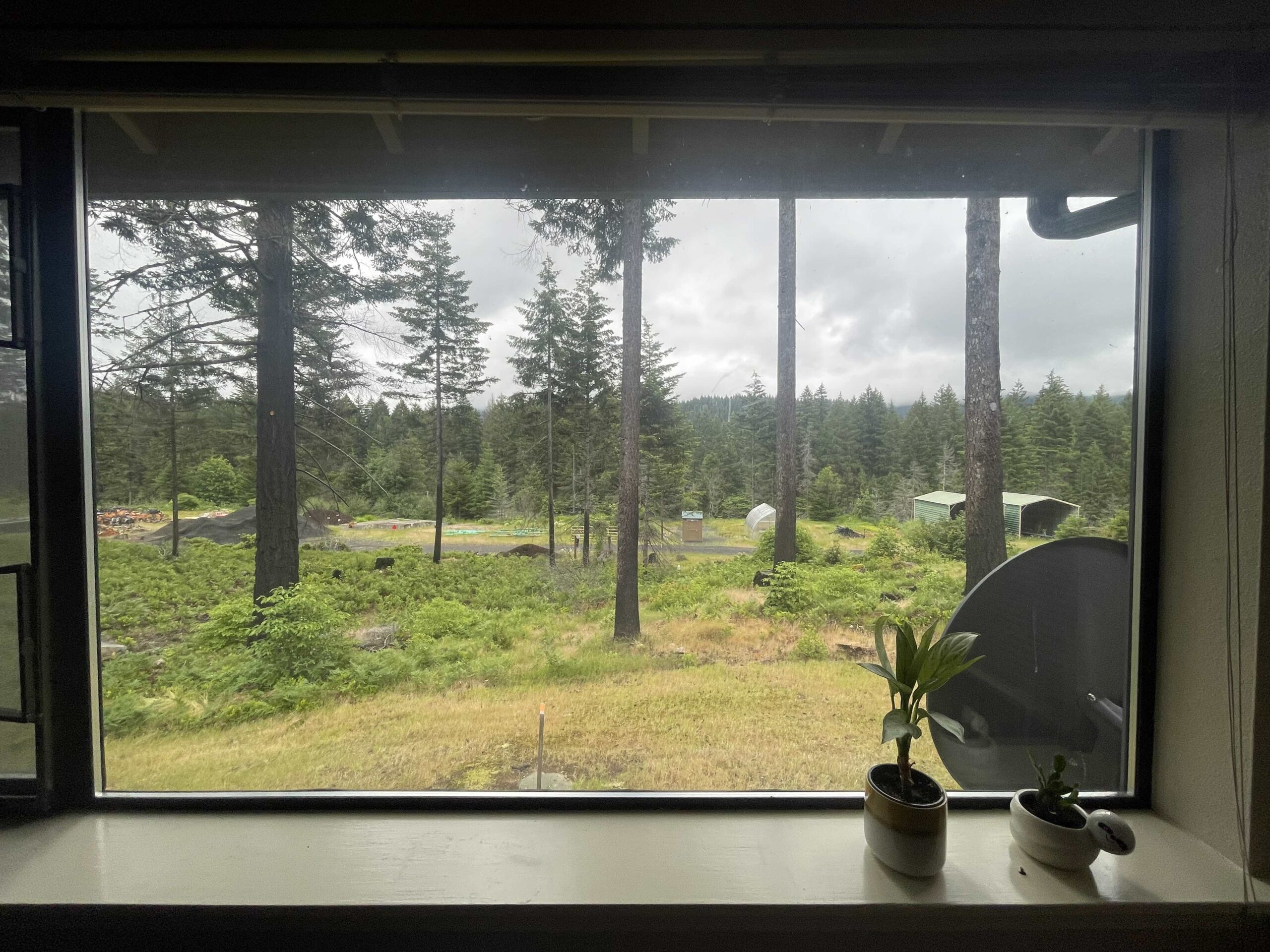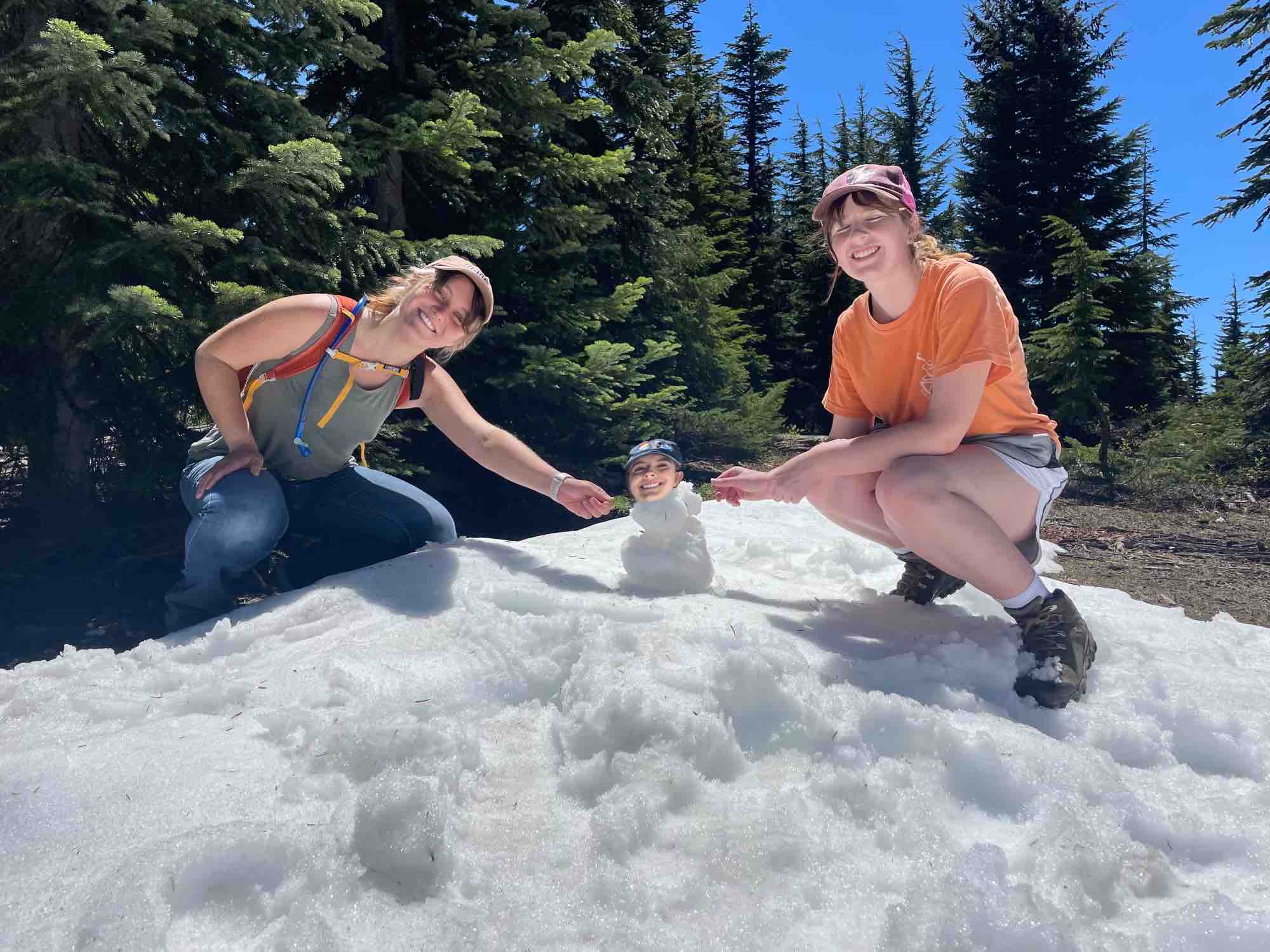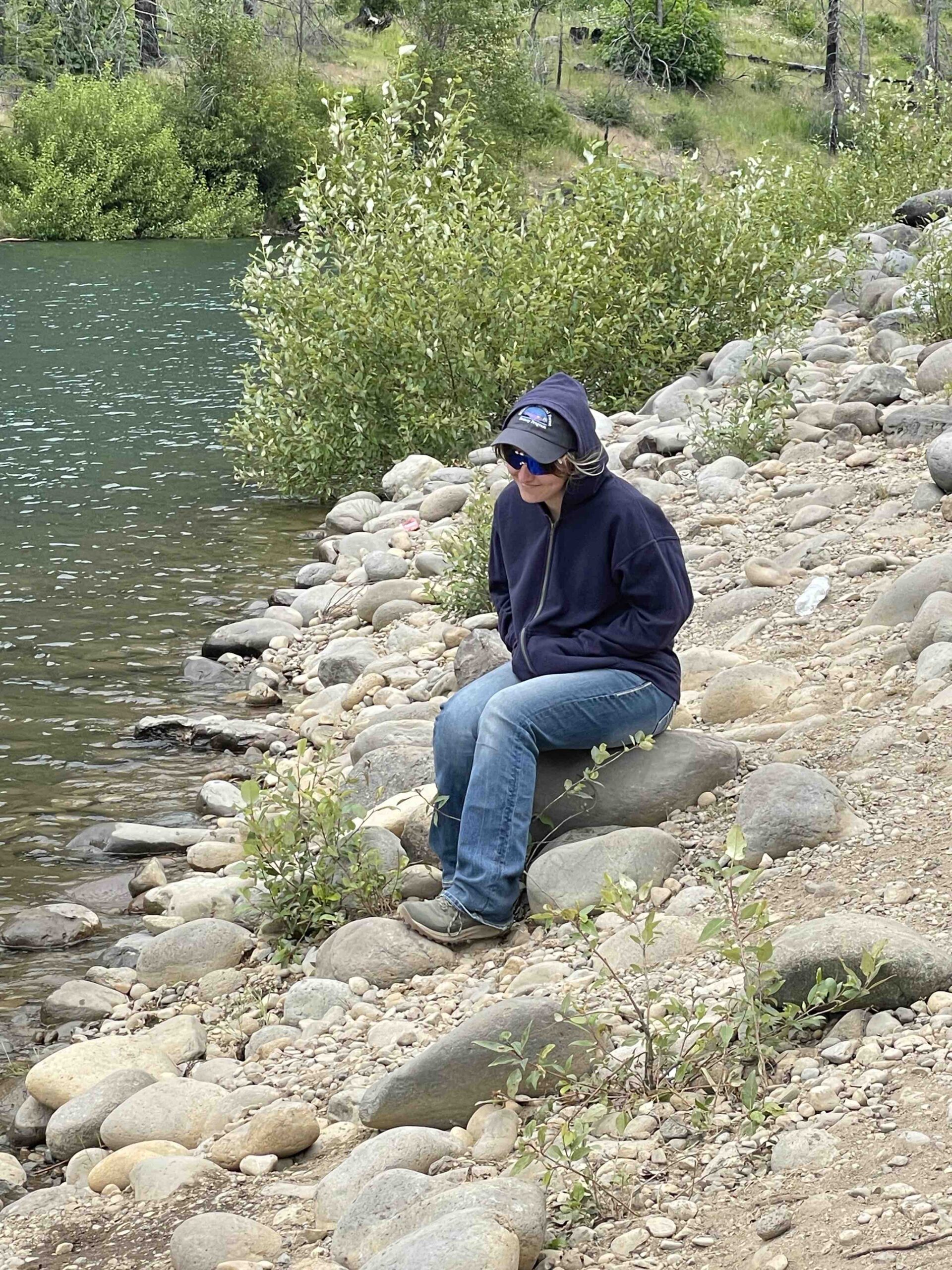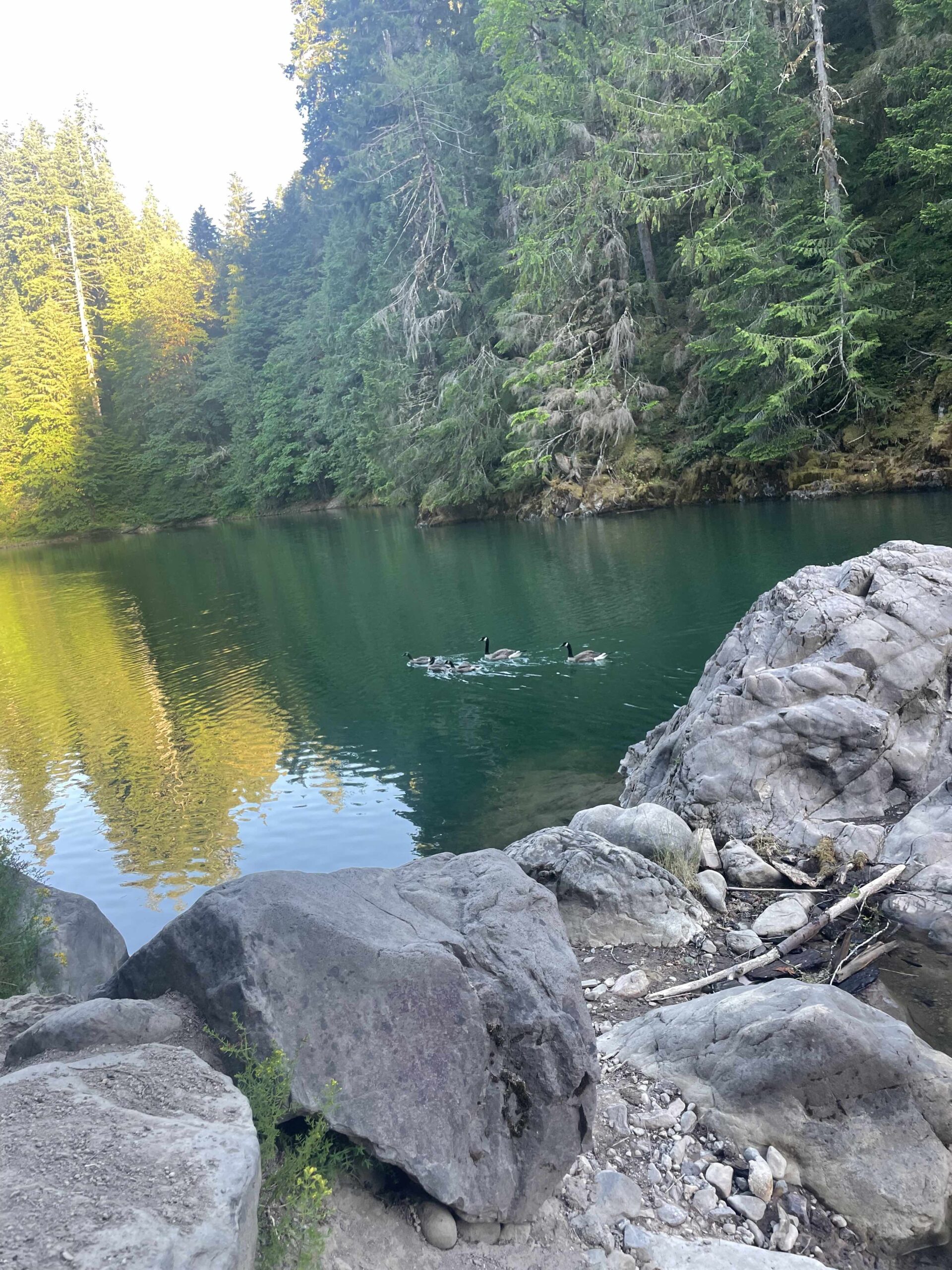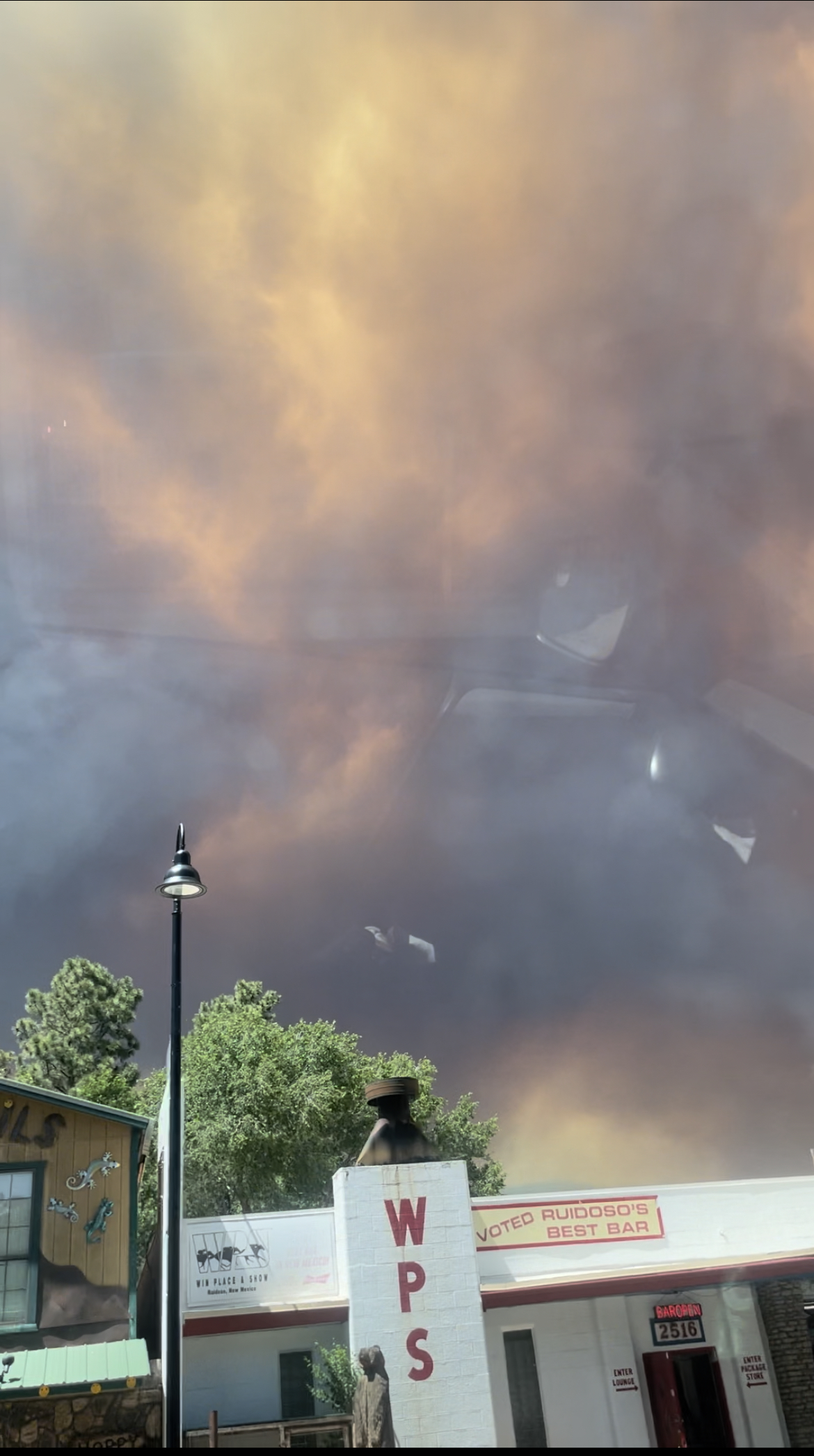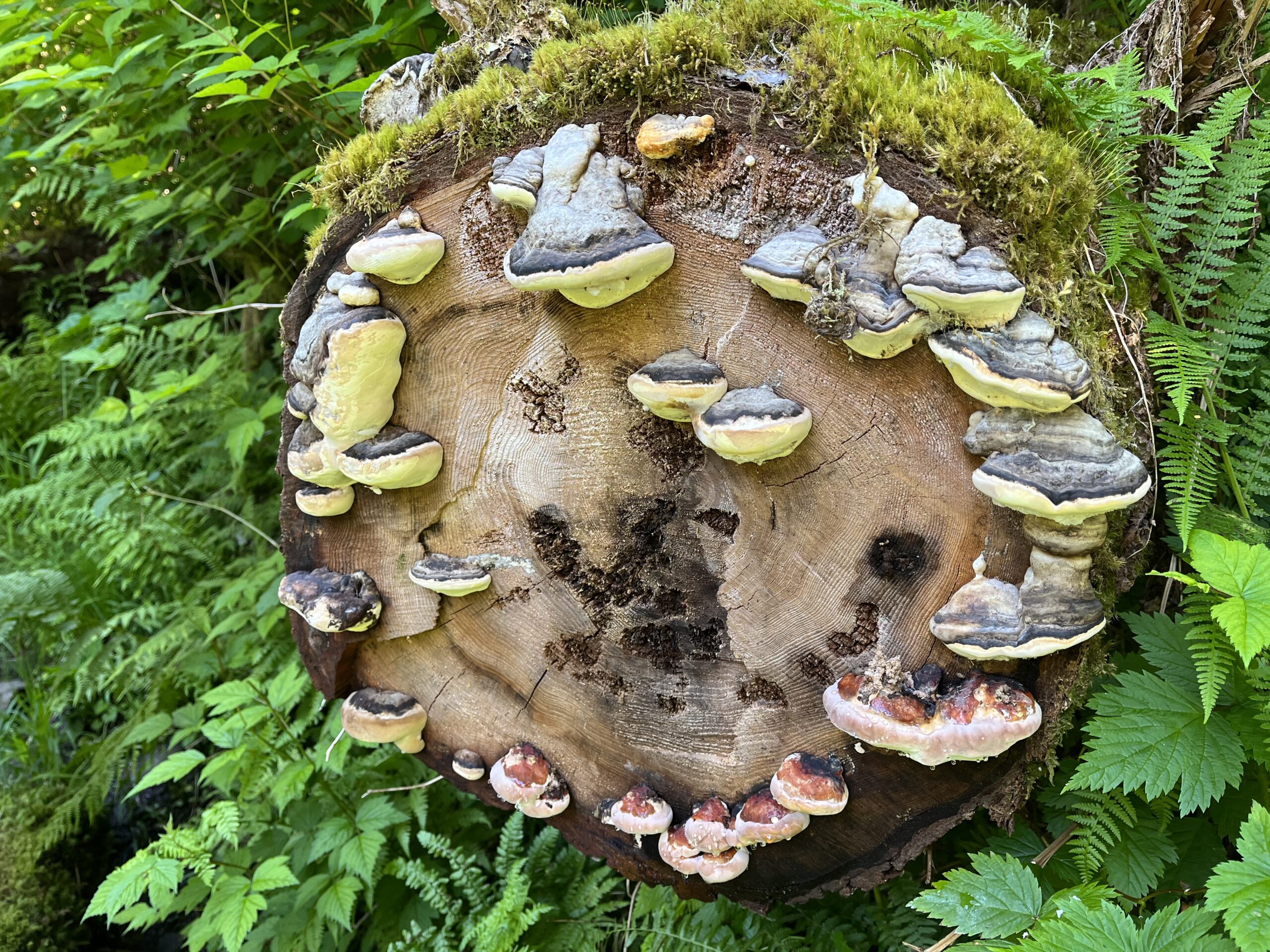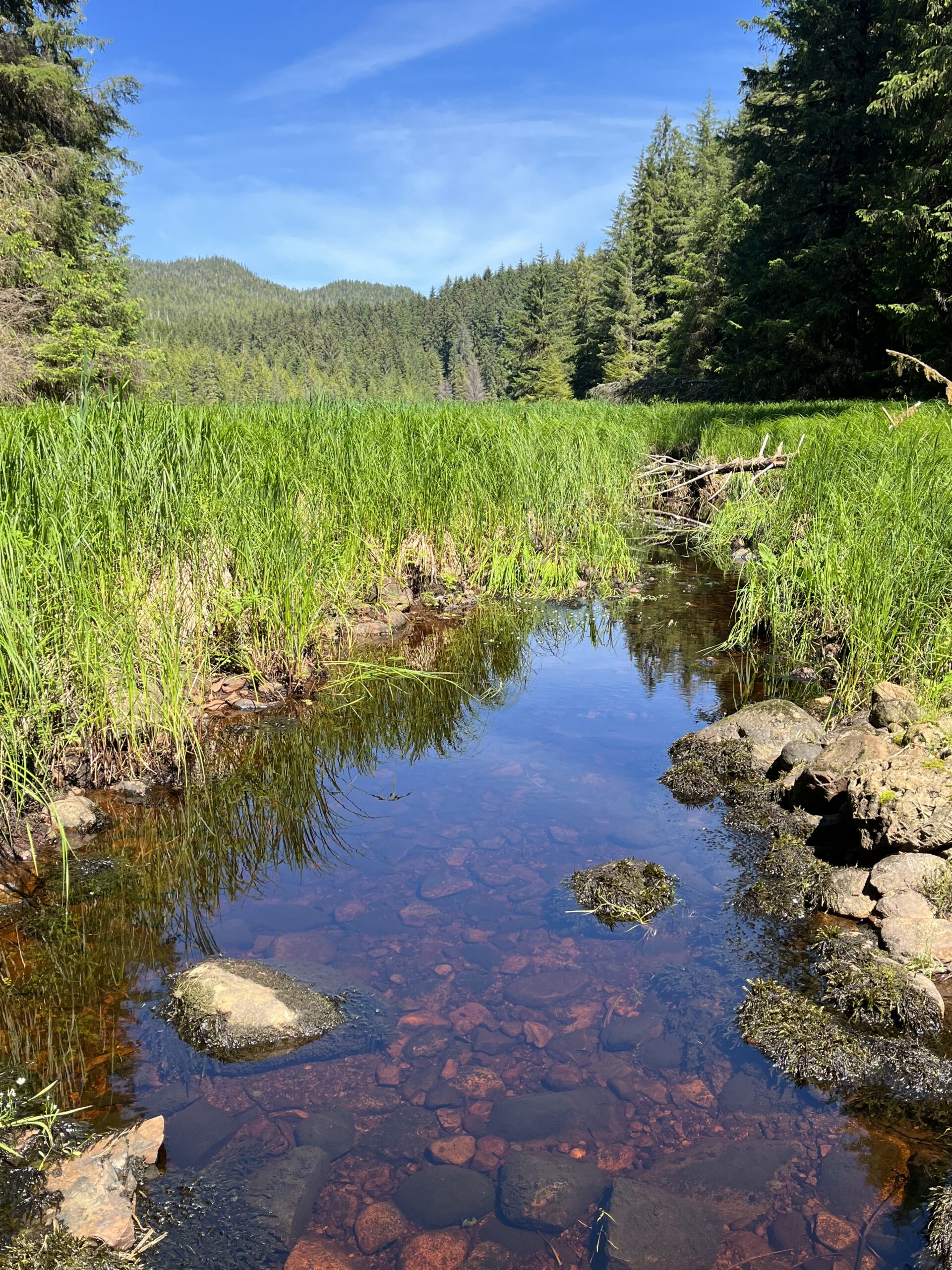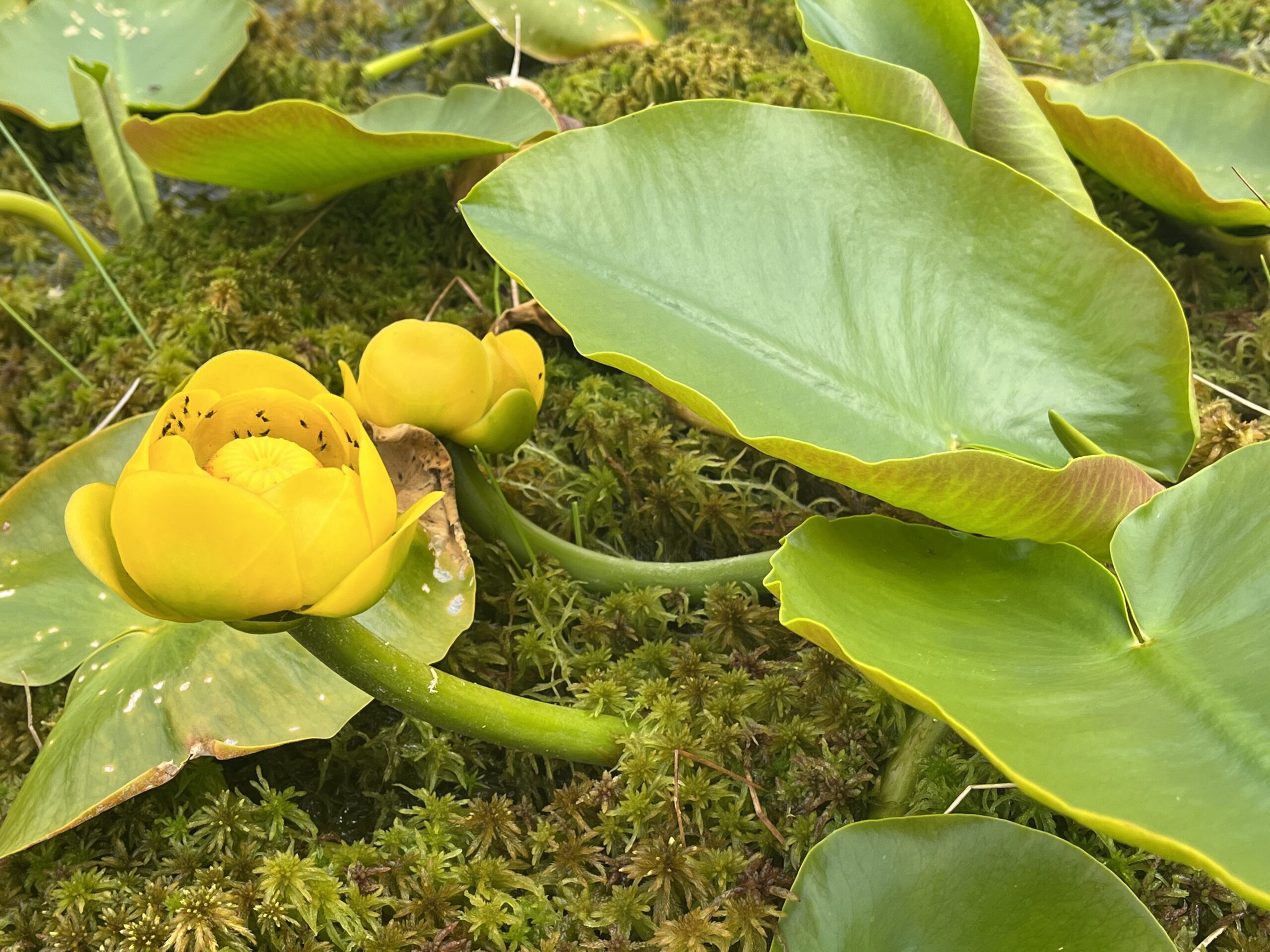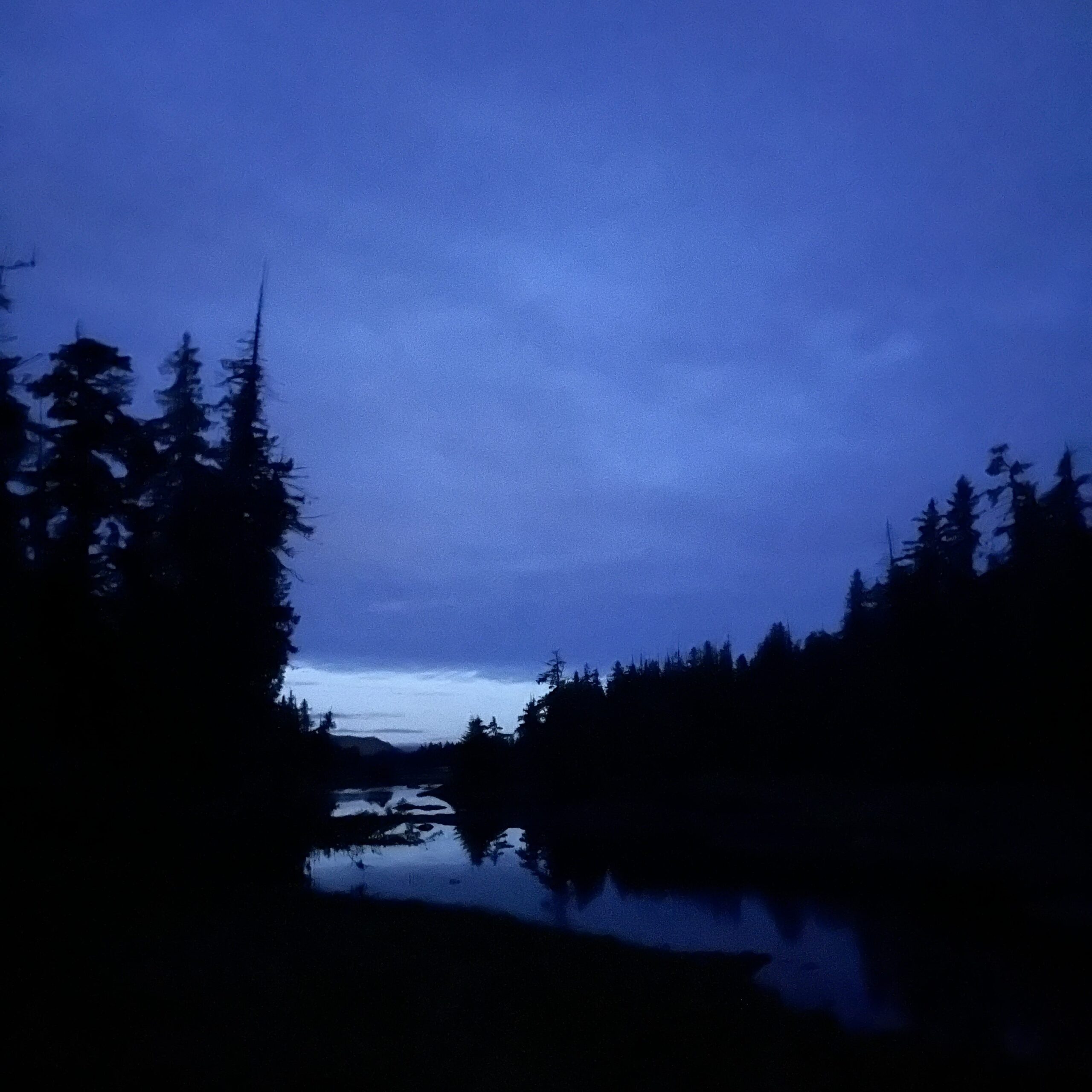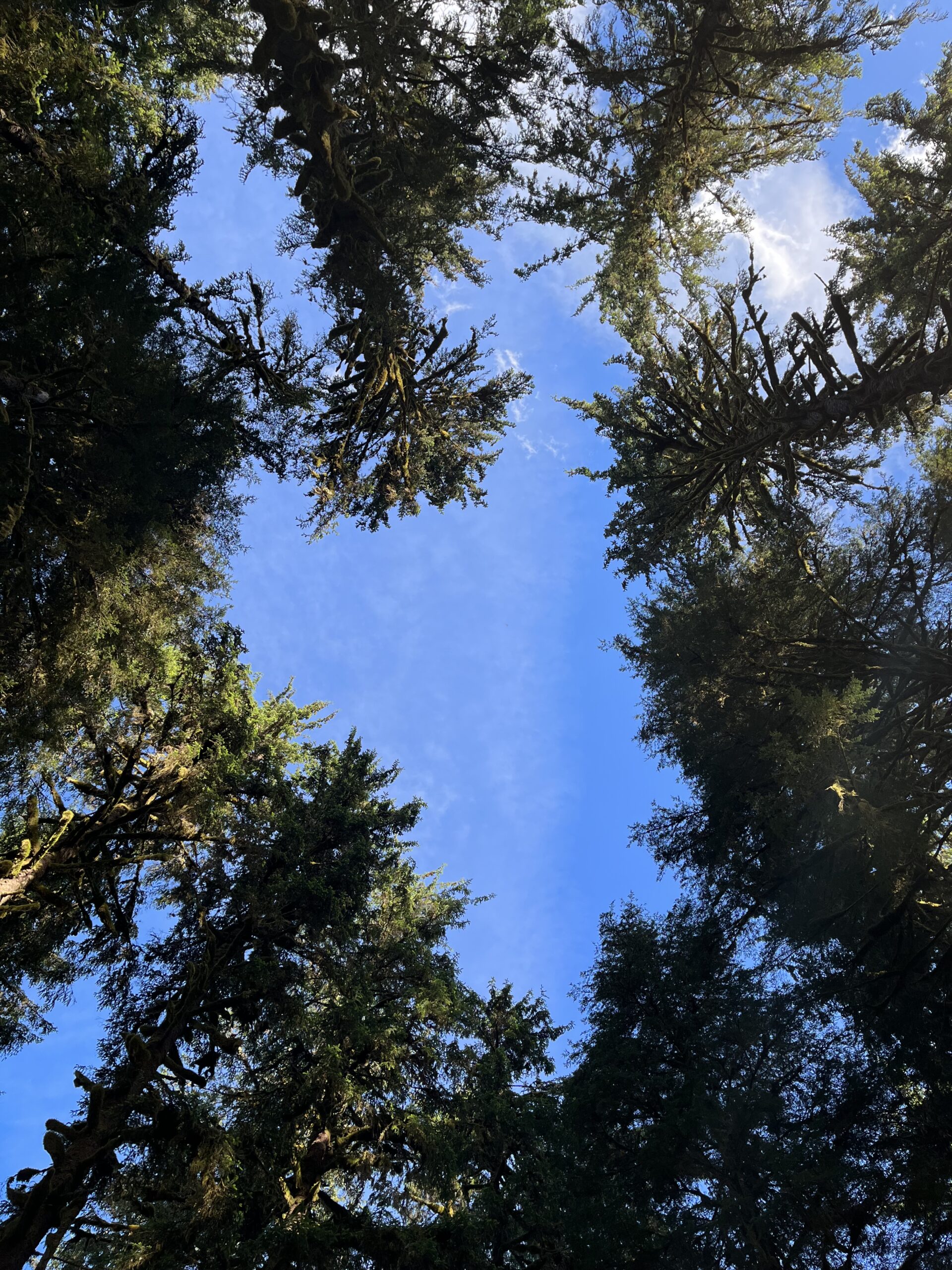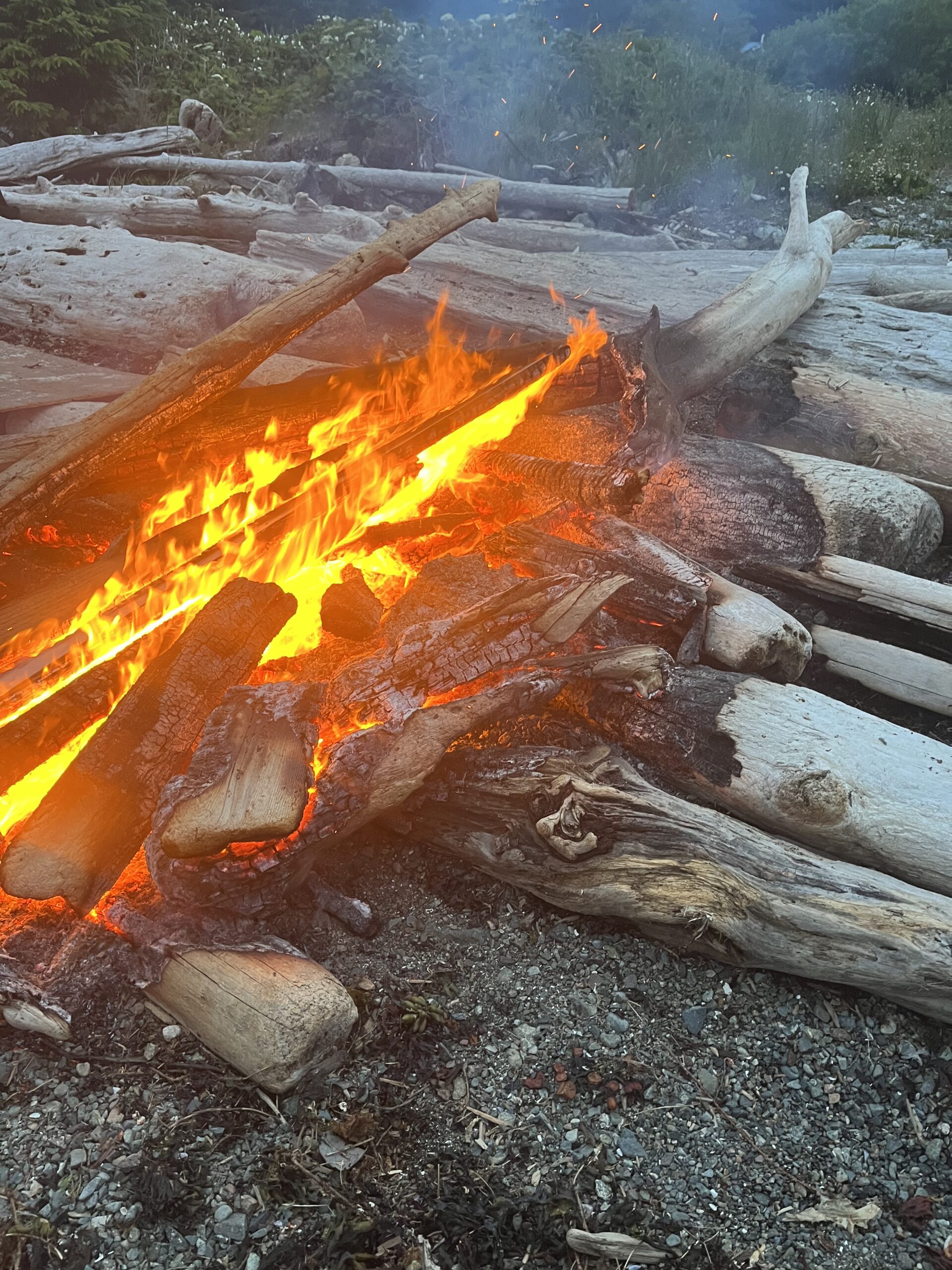Writing this post in a fervor, fearing the inevitable power outage that comes in the afternoons on days that are way too hot. It’s fire season here in Plumas National Forest and this week we have started to feel it. Yesterday, PG&E turned of the power as a precaution because of a several thousand acre fire growing in Oroville, just 65 miles away. We returned from a weary day in the field to a powerless and wifi-less town and ranger station. Most concerningly, we had lost power to our fridges in the bunkhouses and our newly purchased pints of Ben and Jerry’s were slowly melting away. June 21st may have technically been the first day of summer, but on July 2 here in Quincy we celebrated the real start of summer, aka fire season, eating ice cream soup in the dark.
Besides this slight unpleasantness, the start of my CLM internship here in Plumas NF has been fantastic – especially botanically. Plumas is often referred to as the “Lost Sierra” due to its lack of prominence on travel websites and Instagram location tags. Because of this, besides the occasional music festival and ‘Rainbow Family Gathering’, the area does not experience many tourists. The more beauty for us then. My co-intern Andrea and I spent the first couple weeks of this month cruising around secluded mountain ‘roads’, swamping through wet meadows, and traversing rocky ridgetops in an effort to get familiar with the varied and interesting botanical members of this community. Guided by the resident forest service botanist and our mentor, Andy Fiel, we have seen hundreds of species. To learn plants quickly, Andy had us shadow him on this rare plant surveys. We walked transects through timber plots, recording every vascular plant we saw with a specific focus on rare plants in the area. Keying out whatever we didn’t know either in a local flora or what must be the 5000lbs Jepson, we grew more acquainted with our leafy (and sometimes achlorophyllous) friends.
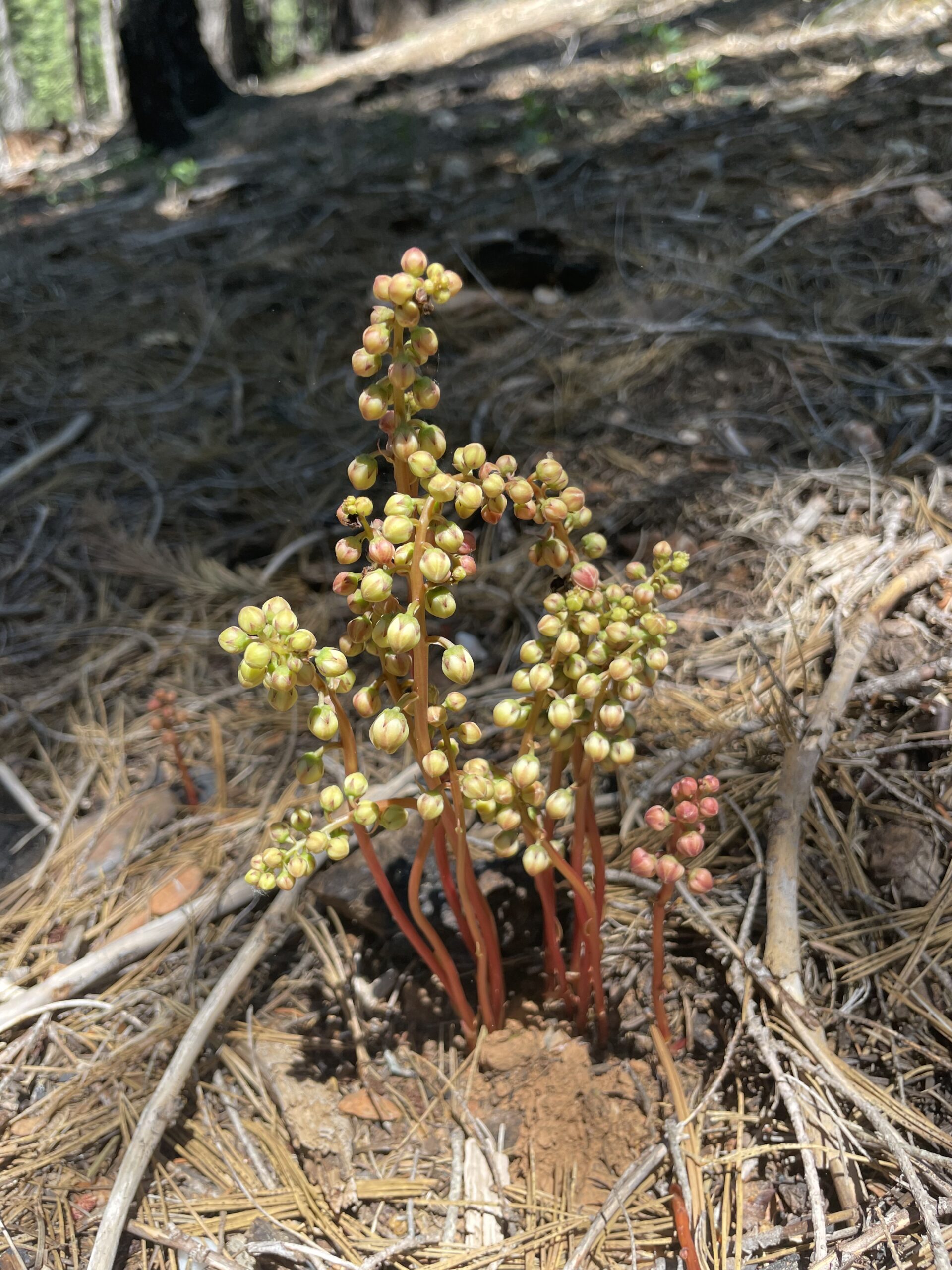

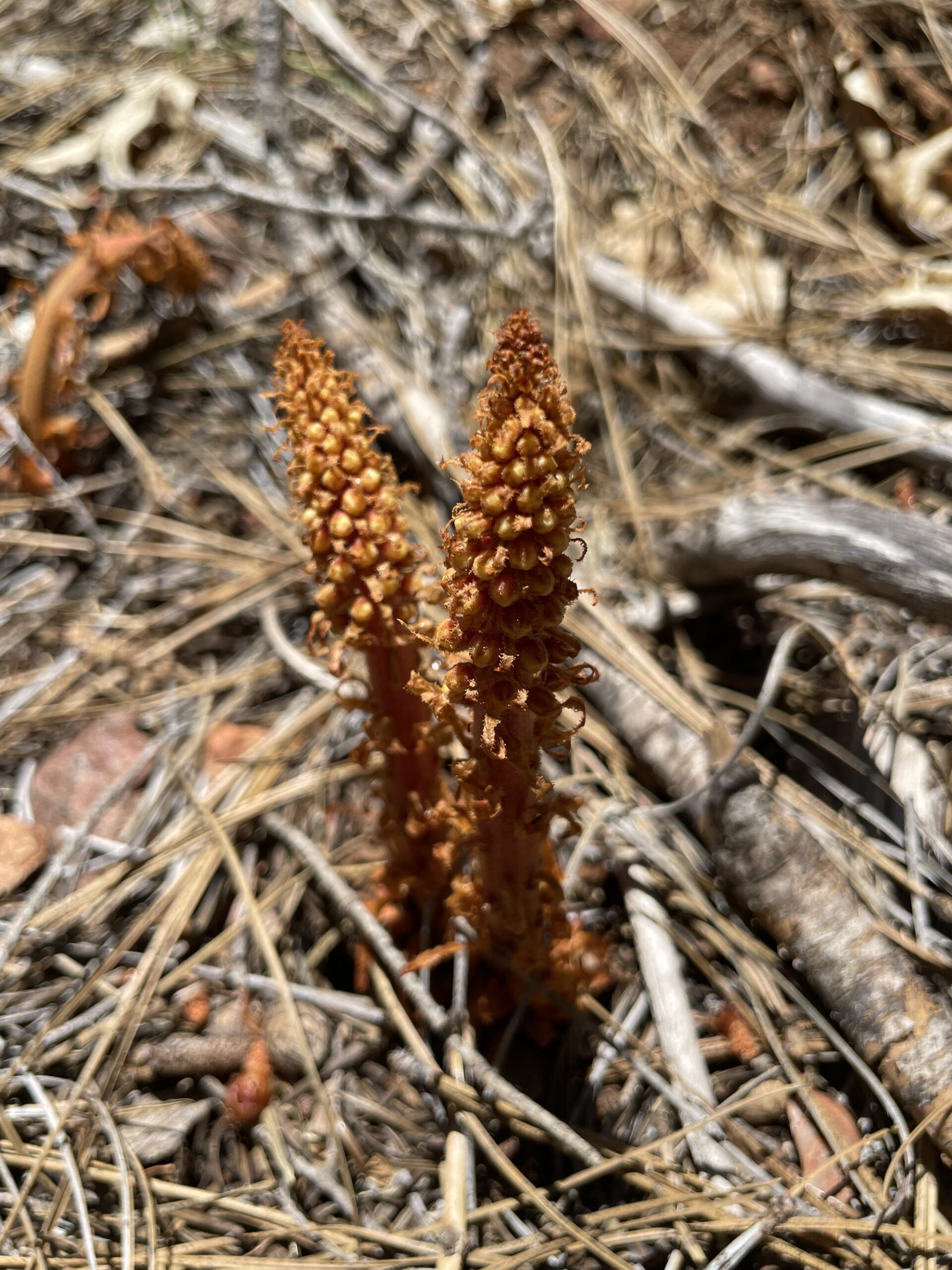
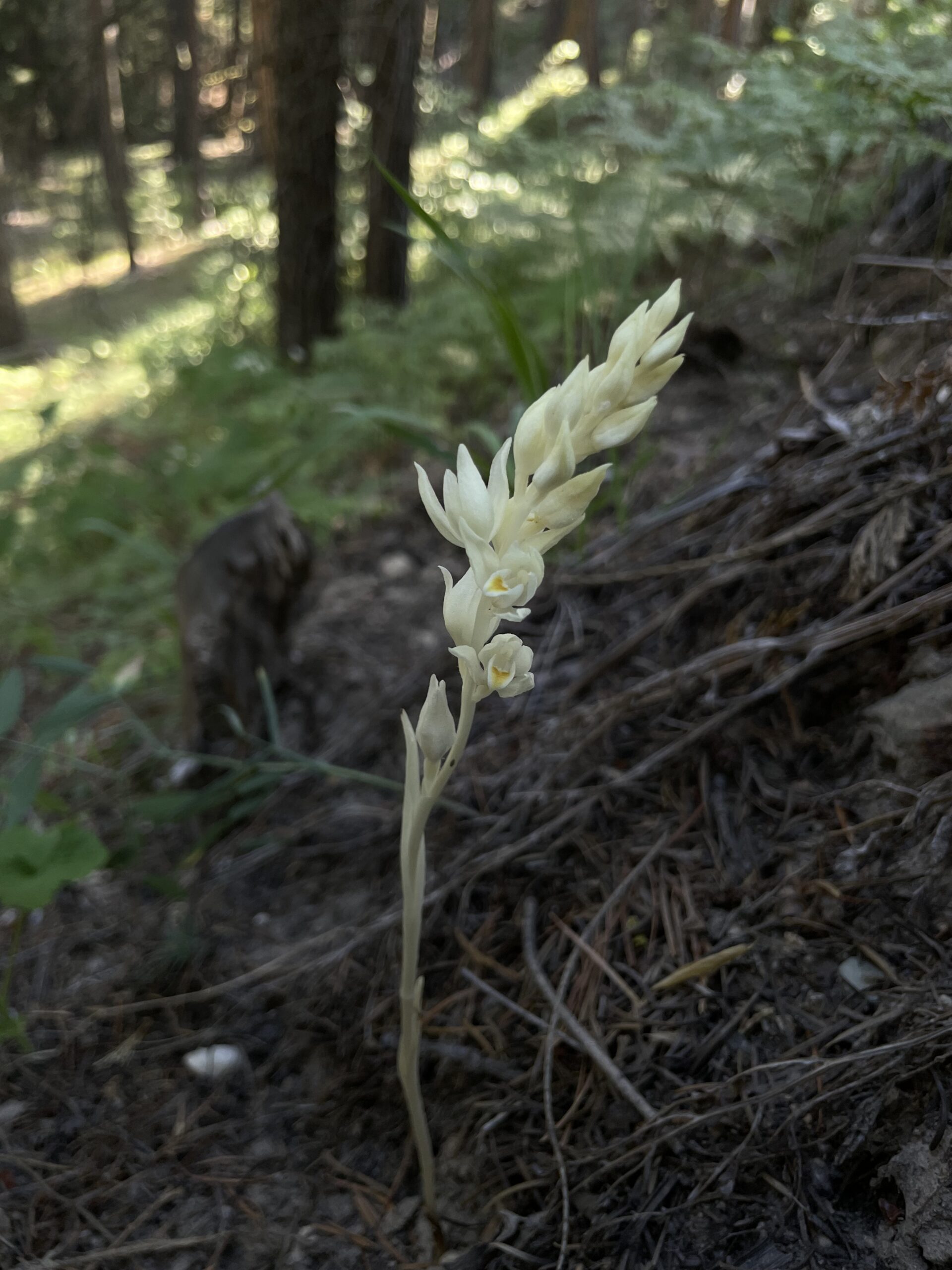
If I wanted to I could just fill this entire post with all of the cool plants we’ve been lucky enough to come across but I will show some restraint. Above are some sweet Ericaceaes and a fantastic orchid that Andy was particularly excited to see. It warranted a lengthy photo session from all of us. We certainly didn’t learn every plant out here in these first couple weeks and likely won’t even come close by the end of the summer, but these surveys helped us build confidence in figuring things out. With this training and the eventual procurement of our government rig, a charmingly rickety forest green 2008 F-150, we were able to leave the nest and begin seed work!
The past week or so has been a lot of scouting, scouting, scouting and the occasional session of scouting. Driving around with the passenger’s head practically hanging out the window looking for grasses with just the right shaped inflorescence or a patch of lupines with only slightly ciliate keels. Its nice to feel the wind in you hair and have a target species with a large population in your sights. Slowly but surely, Andrea and I are building out a map of populations to return to and watch develop throughout the season. Yesterday marked our first collection day! A large population of Calyptridium umbellatum that we’d been monitoring for a week or so was finally crispy enough to harvest. It was quite satisfying to fill up several envelopes of what is ultimately mostly chaff but seemingly quality seed nonetheless. Admittedly, some of that seed went flying around our truck on the drive home because the envelopes broke open. Still plenty of kinks to work out but it is wonderful to be off the starting block and along the way!

